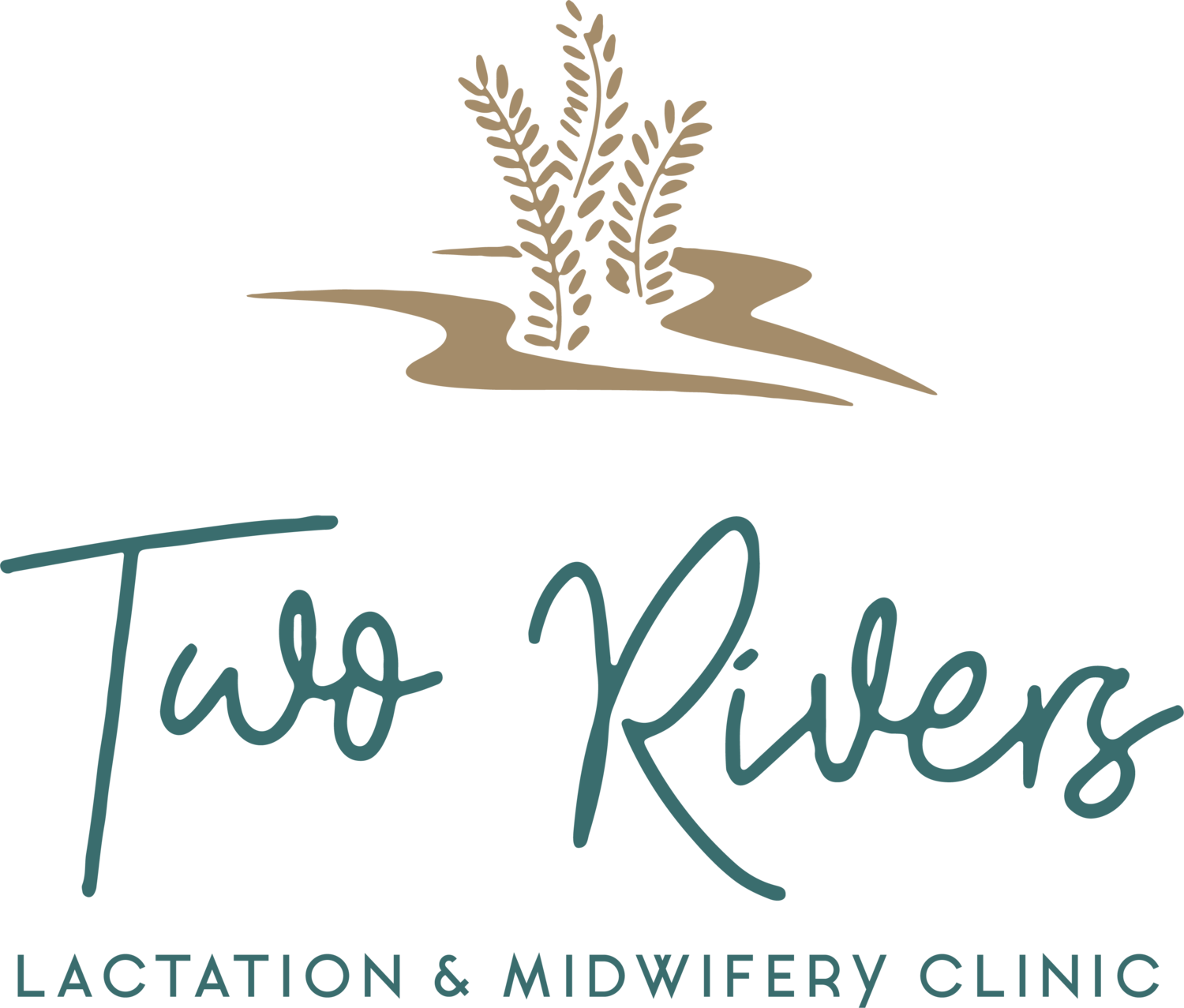So here you are - you have just birthed a snuggly, cute newborn.
A few days post-birth, you notice that your breasts are undergoing some major changes. They may feel larger or heavier and are both warm and tender to touch. Your milk may drip or leak while nursing or when you hear your baby cry.
What just happened to your breasts all of a sudden?
Usually on days 3-5 postpartum, your milk supply becomes more abundant. This change is accompanied by all of the changes described above. Many mothers also describe feeling more emotional and weepy around this time as well because of the huge hormonal shift that happens to allow the milk to "come in".
Even when nursing has gotten off to a great start, some babies start to have difficulty latching on to the breast because it is firmer and less supple than before.
So what is a mother to do?
If engorgement is not addressed, you may find that your milk stops flowing--even when you try to nurse or pump. Additionally, over time, your milk supply may drastically decrease.
Worst case scenario, engorgement that is not addressed or worsens can lead to mastitis. Mastitis is a form of breast inflammation or infection that can cause damage to the breast if not treated.
If you suspect that you have mastitis, I would strongly encourage you to call your Midwife (CM, CPM or CNM), OB (MD, DO or ND), or community Lactation Consultant (CLC or IBCLC).
Warning Signs of Mastitis:
Fever of greater than 100.4 degrees Fahrenheit or chills
Breast tenderness or pain
Redness on the breast - this may be one red spot or red streaks
General malaise (feeling like you are coming down with a cold or flu)
Body aches
Baby is refusing to nurse on the affected breast
There are a few tried and true ways to take care of your breasts and ensure that nursing can continue. Here are 3 suggestions:
Strategy #1: Frequent nursing or pumping
It is important to nurse your little one often in the newborn period. The general recommendation is to nurse your baby every 2 to 3 hours so that they can grow and thrive.
However, you may find that once your milk comes in more abundantly, YOU need your baby to nurse every 2 to 3 hours in order to keep your breasts healthy and comfortable.
After nursing your baby, your breasts should feel much softer. If your breasts continue to feel full or hard after a nursing session, I would encourage you to pump until your breasts feel soft and then contact your community Lactation Consultant for nursing support.
Strategy #2: Cool Compresses
Often times, breast engorgement is accompanied by not only increased milk in the breast but lymphatic drainage and swelling as well. While using warm or hot compresses can bring relief initially, over time with frequent application, warm compresses can increase swelling thereby making engorgement worse.
Cool compresses can help to decrease swelling, which is great because swelling puts pressure on the milk ducts which makes it hard for milk to flow and can make it harder for a baby to latch on. A bag of frozen peas, cold gel packs or cabbage leaves are all great options.
Cabbage leaves for relieving breast engorgement is an old folk remedy that has been well supported by research. It is recommended that you cut off the main, thick stem off first and then tuck the cabbage leaf into your nursing bra or nursing tank top until cabbage leaves start to feel soft and wilted.
Bear in mind that prolonged use of cabbage leaves may actually decrease milk supply. If you require cool compresses for more than 1-2 days, I would recommend contacting your local Lactation Consultant for more support.
Strategy #3: Massage
Massage can also help to relieve engorgement by loosening up the milk ducts and encouraging lymphatic drainage or swelling to move out of the breast.
Imagine holding a bag of rice in one hand and using that same hand to sift through the rice and shift the rice round in the bag. This is a great strategy for breast massage - hold your breast in a cupped hand and alternate fingers, press down and into the breast tissue to "sift" through the breast. This prevents too much pressure from being used on the breast that can increase inflammation.
You can do breast massage before a nursing or pumping session and can continue it while nursing and pumping to encourage more milk flow. Studies have shown that "hands-on pumping" can increase the amount of milk that a mother can pump in one session.
For engorgement treatment, you can try this approach:
Apply a warm compress to your breasts or take a hot shower before nursing or pumping
Then, massage your breasts
Then, nurse or pump
4. Apply a cool compress to your breasts after nursing or pumping
Think of how it is recommended to warm up before exercise and then cool down after exercise. This is a similar strategy for engorgement - warm up before and cool down after.
To your health!
Tiffany




